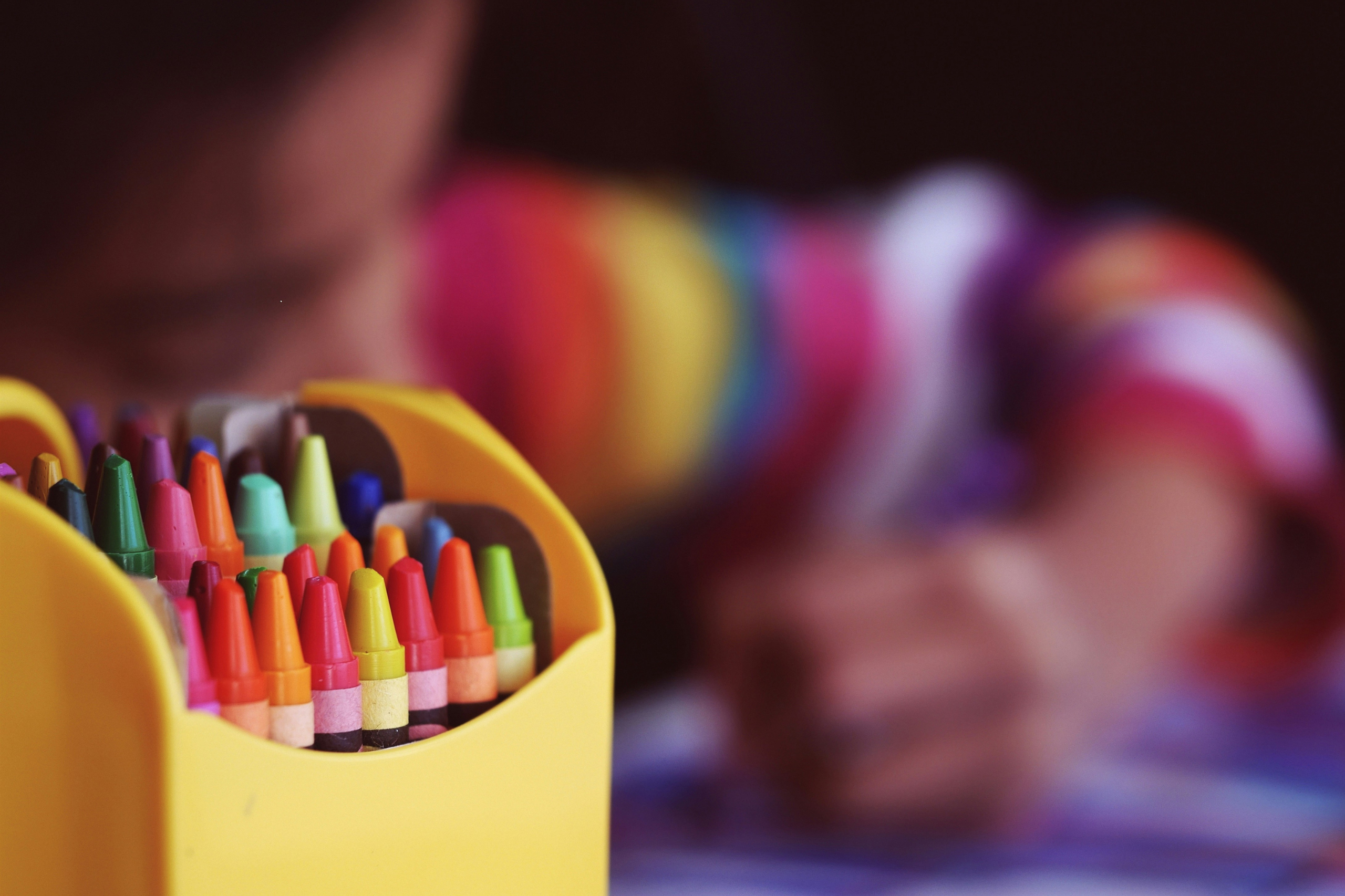The Development of Color Perception and Touch in Children: From Early Discovery to Advanced Skills
Children’s early years are an extraordinary period of discovery and development, including their ability to perceive colors and distinguish surface differences by touch. In this article, we will explore when and how children begin to develop these essential skills.
Development of Color Perception in Infants:
-
0-3 Months: In the first few months of life, infants have limited color perception. They primarily see in black and white, with some shades of gray. Their eyes are still developing the necessary cells to detect colors.
-
4-6 Months: Around 4-6 months of age, babies begin to develop the ability to distinguish more vivid colors. They can see red, green, and blue, the so-called “primary colors.” However, their color perception is still limited compared to adults.
-
1-2 Years: Between the ages of 1 and 2, children start to develop a better understanding of colors and their relationship to the world around them. They can begin to identify and name primary colors and some secondary colors, such as purple and orange.
-
3-4 Years: Between the ages of 3 and 4, children’s color perception develops further. They can identify a wider range of colors and begin to use colors more creatively in their drawings and art activities.
Development of Tactile Perception in Children:
-
0-6 Months: From birth, infants have highly developed tactile sensitivity. They can feel skin contact, pressure, and temperatures. However, their tactile perception is limited to basic sensations.
-
6-12 Months: Between 6 and 12 months, infants begin to develop more advanced tactile skills. They can explore objects with their hands and mouth to learn about their texture and temperature. This stage is critical for the development of motor and sensory skills.
-
1-2 Years: In children aged 1 to 2 years, tactile perception is further refined. They can begin to distinguish between smooth and rough, soft and hard, cold and warm surfaces. This ability is important for learning through touch and exploration.
-
3-4 Years: Between ages 3 and 4, children develop greater tactile sensitivity and accuracy in their perceptions. They can notice more subtle differences in surfaces and textures and may express preferences for certain tactile sensations.
In conclusion, children gradually develop their perception of colors and their ability to distinguish surface differences by touch over the course of the first few years of life. These skills are critical to their understanding of the world around them and their overall growth and development. As parents and educators, it is important to provide opportunities for visual and tactile exploration to foster their sensory development.





